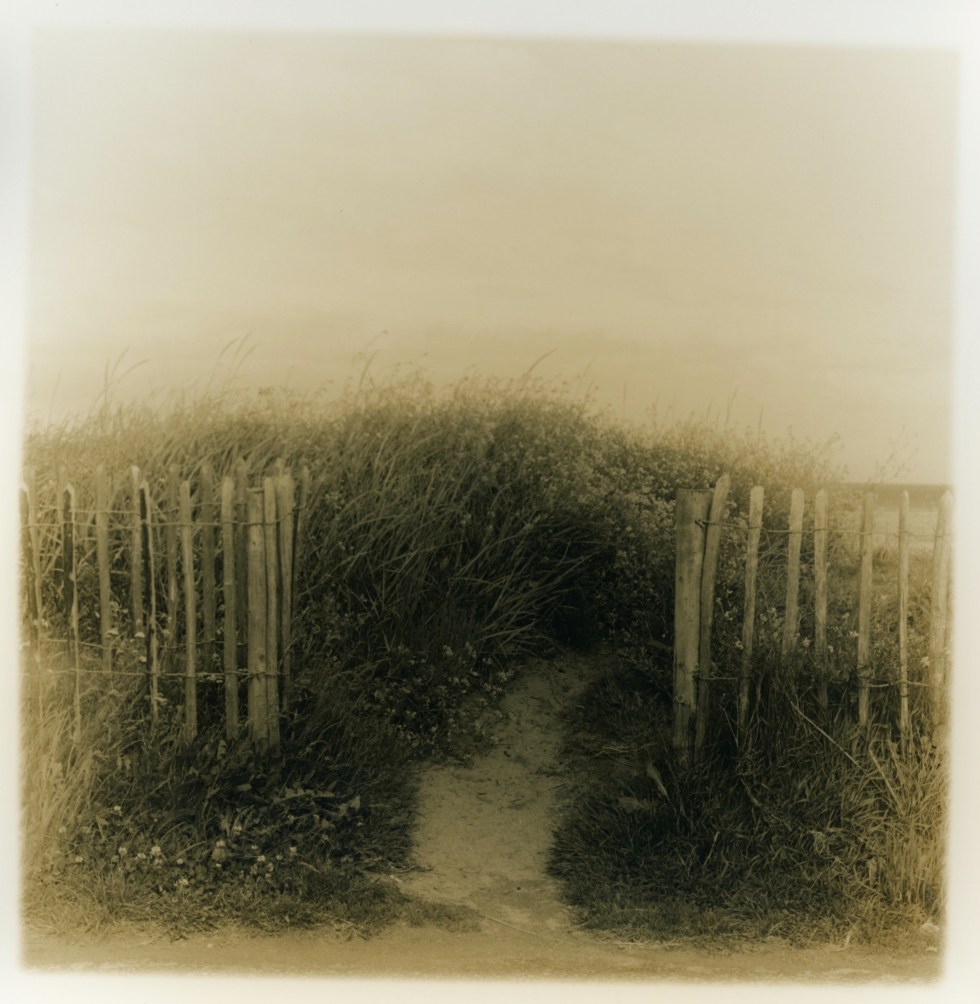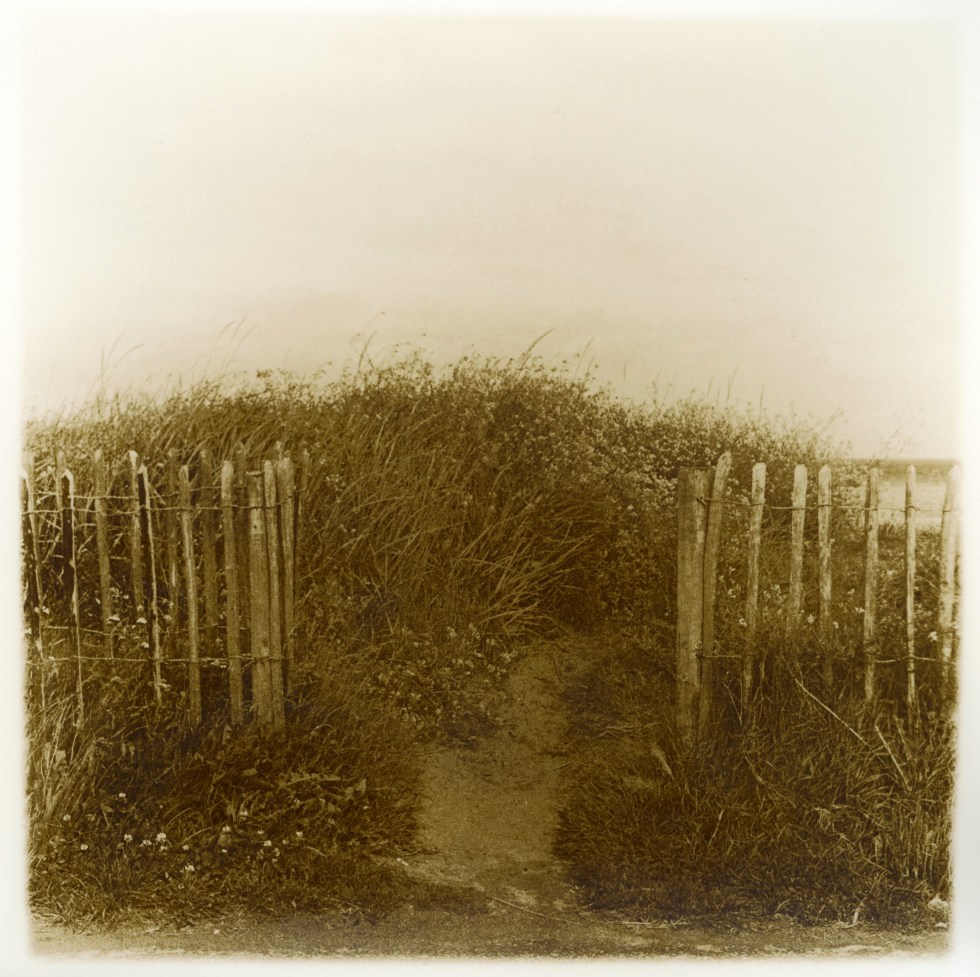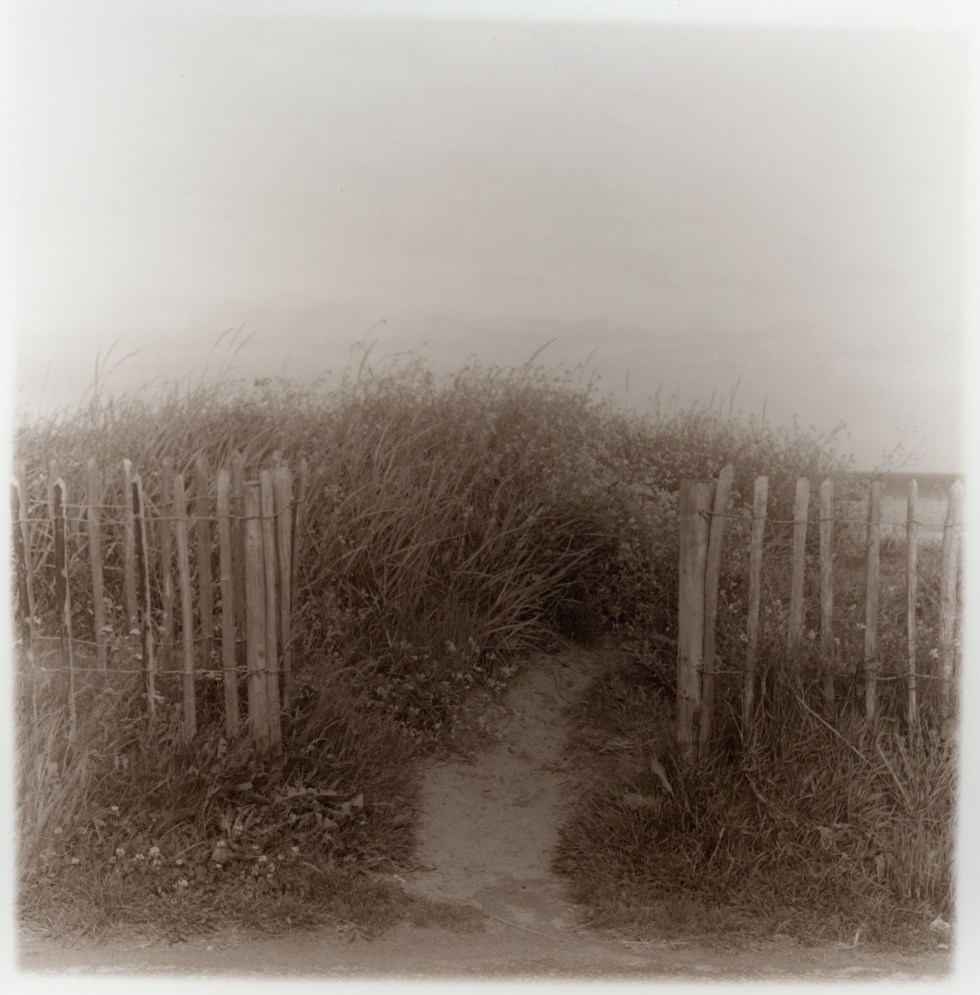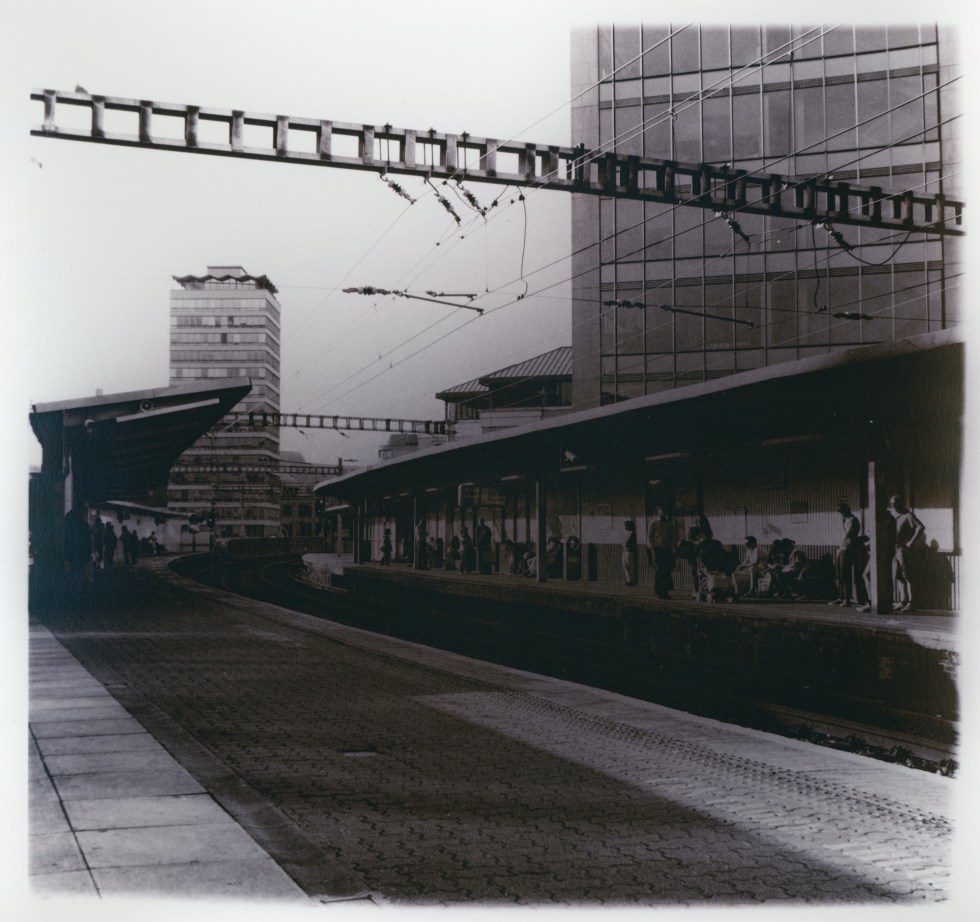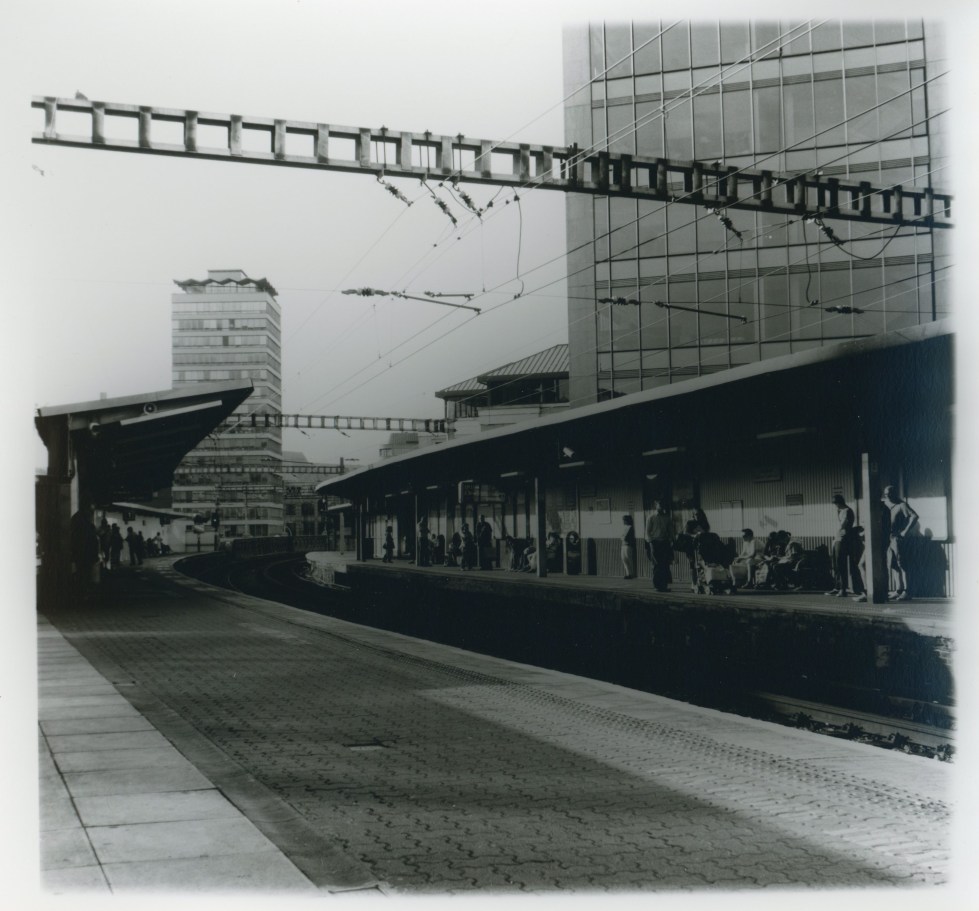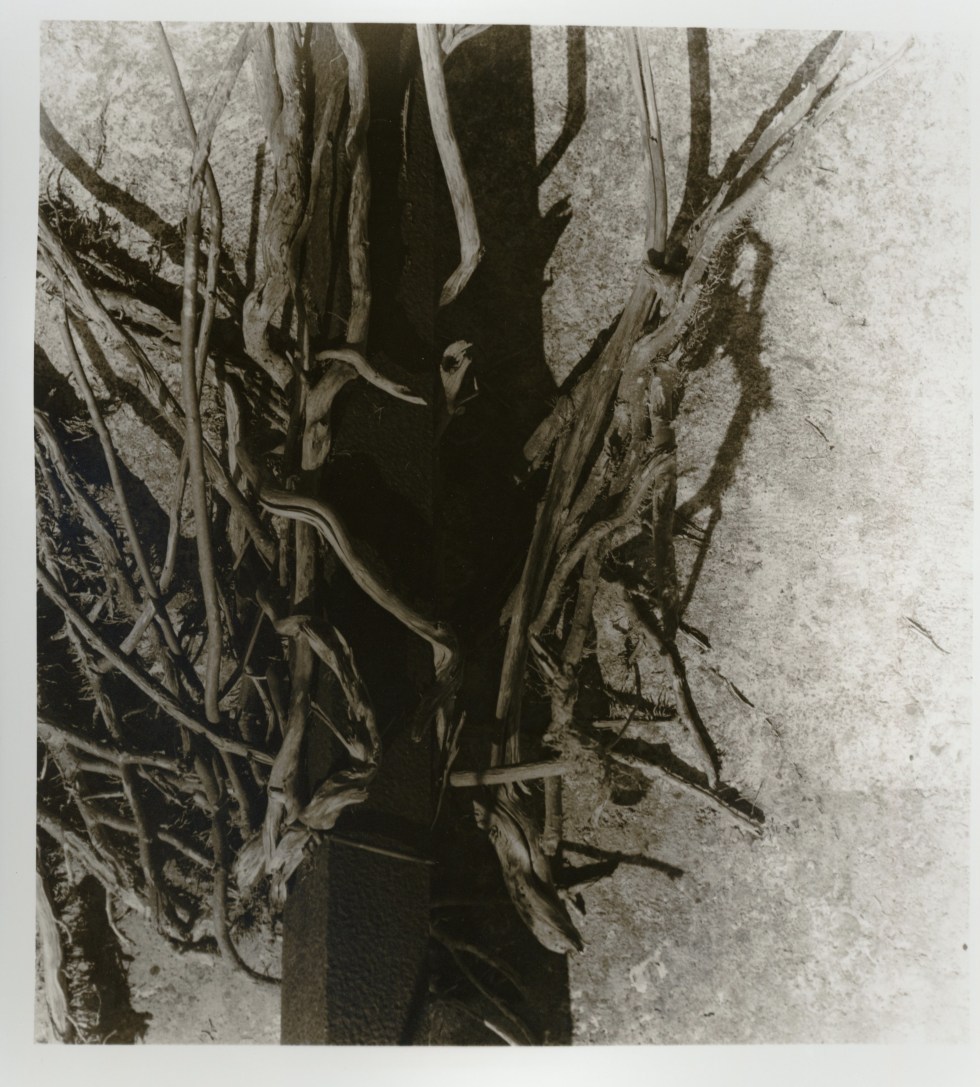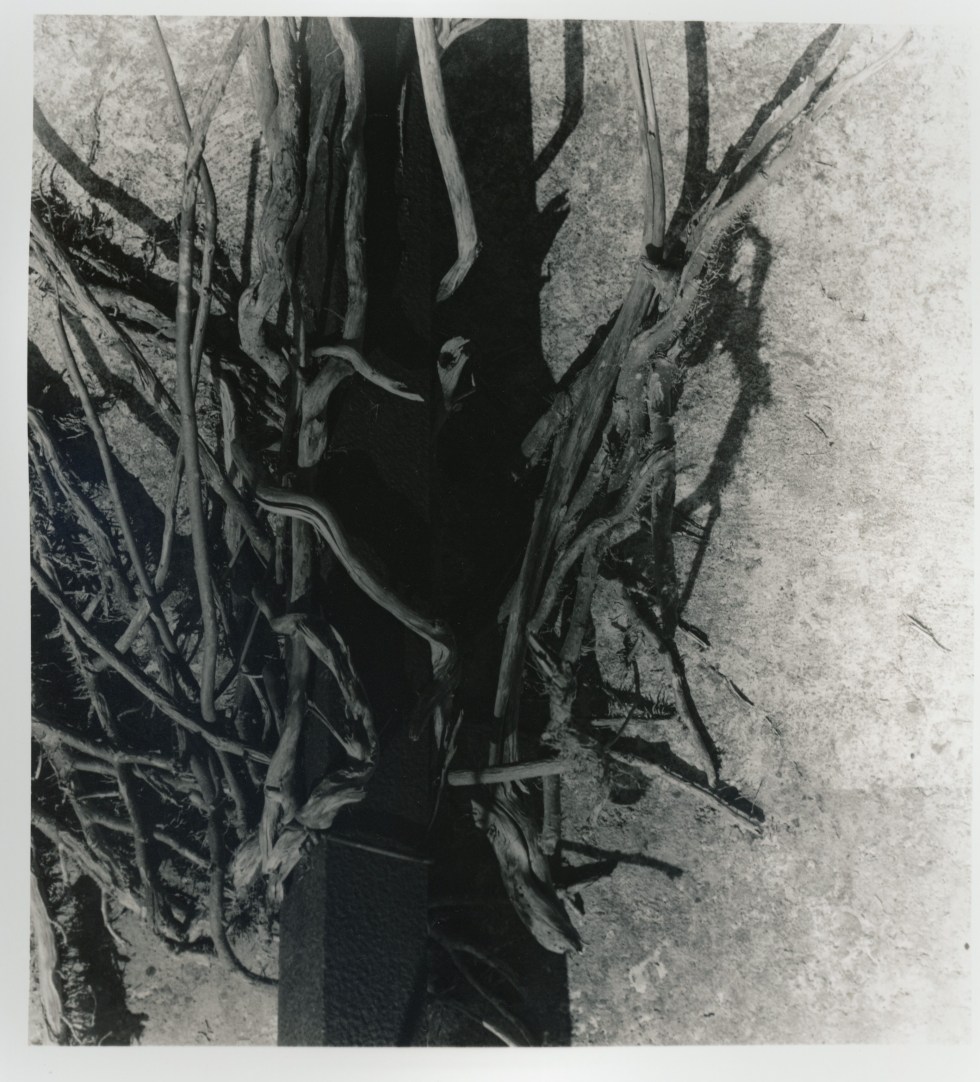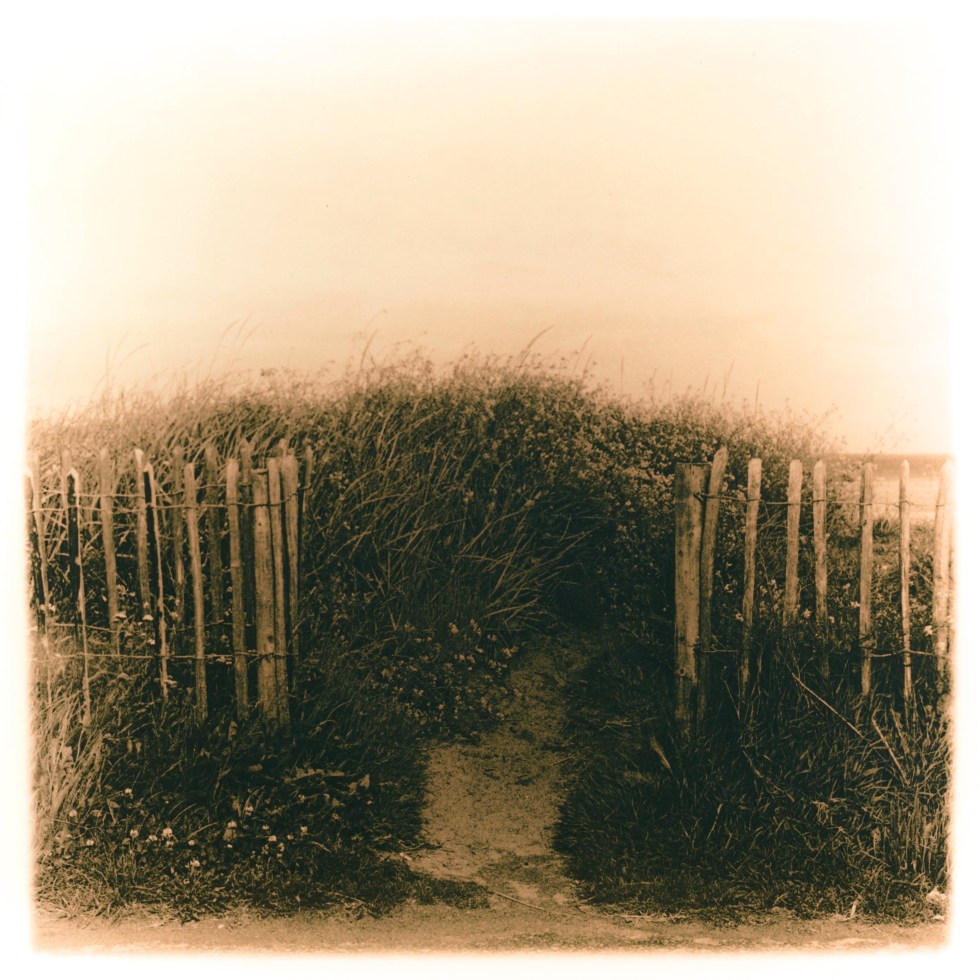
Camera:Rolleiflex K4B
Film: Fomapan 100
Paper: Fomatone MG Classic Warm Tone (132 Matt)
Paper Dev: Moersch Easy Lith 10ml(A)+15ml(B)+800ml(Water)+200(Old Brown) at 34 degrees centigrade
Darkroom Print Toning: A Guide to Enhancing Your Black and White Prints
As photographers, we are always looking for ways to elevate our work and make it stand out. One way to do this is through the use of darkroom print toning. This process involves adding colour to black and white prints, resulting in a unique and eye-catching final product. In this article, we will guide you through the process of darkroom print toning, from the materials needed to the different toning techniques available.
What is Darkroom Print Toning?
Darkroom print toning is a technique that involves changing the colour of the silver particles in a black and white print. This is done by immersing the print in a toner solution that contains metal salts. These salts react with the silver particles in the print, causing them to change colour. The result is a print with a different hue or tint, ranging from warm browns and sepia to cool blues and greens.
Materials Needed for Darkroom Print Toning
Before we dive into the different toning techniques, let’s go over the materials needed for darkroom print toning. Here are the essentials:
- Black and white photographic paper
- Developer solution
- Stop bath solution
- Fixer solution
- Toner solution
- Trays for each solution
- Tongs or gloves for handling prints
It’s important to note that not all toners are created equal. Different toners will produce different effects, so it’s worth experimenting with different brands and formulas to find the one that best suits your vision.
Toning Techniques
There are several different toning techniques available to photographers, each with its own unique effect. Let’s explore the most popular techniques:
Sepia Toning
Sepia toning is perhaps the most well-known and widely used toning technique. This involves immersing the print in a solution that contains either sodium or potassium sulfide. This chemical reaction creates warm brown tones in the print, giving it a classic and timeless look.
Selenium Toning
Selenium toning is another popular technique, known for its ability to enhance the print’s shadow detail and increase its archival properties. This technique involves immersing the print in a solution that contains sodium selenite or sodium selenate. This creates a purple-brown tint in the print, resulting in a striking and dramatic effect.
Blue Toning
Blue toning is a less common technique but can be used to great effect in certain images. This involves immersing the print in a solution that contains ferric ammonium citrate and potassium ferricyanide. This creates blue tones in the print, giving it a cool and ethereal feel.
Gold Toning
Gold toning is a technique that creates warm brown tones similar to sepia toning, but with a slightly different hue. This technique involves immersing the print in a solution that contains gold chloride. Gold toning can be used to enhance the mid-tones and highlights in a print, resulting in a richer and more vibrant final product.
Tips for Successful Darkroom Print Toning
Now that you know the different toning techniques, here are some tips for achieving great results:
- Start with a well-exposed and well-developed print. The toning process will not fix underexposed or poorly developed images.
- Use fresh solutions for each toning session. Old or contaminated solutions can produce inconsistent or undesirable results.
- Experiment with different toners and toning times to find the effect that best suits your vision.
- Rinse the print thoroughly between each solution to avoid cross-contamination and ensure even toning.
- Keep detailed notes of your process, including the type of toner used
I have posted some of my results below mostly for my own future reference, the eagle eyed among you will note that for the most part it is the same print over and over and over again. This is because of my relentless application of scientific methods. The trick is to use the science to constrain the fun and artfulness of the process.
Camera:Rolleiflex K4B
Film: Fomapan 100
Paper: Fomatone MG Classic Warm Tone (132 Matt)
Initial Paper Dev: Ilford Multigrade
Toner: Moersch MT3 Vario Sulphide – Toner 50ml, Controller 30ml Water 900ml
Bleach: 1+20 for 15 seconds then toned for 30 Seconds.
Camera:Rolleiflex K4B
Film: Fomapan 100
Paper:Fomatone MG Classic Warm Tone (132 Matt)
Initial Paper Dev: Ilford Multigrade
Toner: Moersch MT3 Vario Sulphide – Toner 50ml, Controller 130ml Water 900ml
Bleach: 1+20 for 30 seconds then toned for 30 Seconds.
Camera:Rolleiflex K4B
Film: Fomapan 100
Paper:Fomatone MG Classic Warm Tone (132 Matt)
Initial Paper Dev: Moersch Easy Lith 10ml(A)+15ml(B)+800ml(Water)+200(Old Brown) at 34 degrees centigrade
Toner: Fotospeed AU20 Gold Toner 30 seconds
Camera:Rolleiflex K4B
Film: Fomapan 100
Paper:Fomatone MG Classic Warm Tone (132 Matt)
Initial Paper Dev: Ilford Multigrade
Toner: Moersch MT5 Sepia Polysulphide – mixed 1+30
Bleach: 1+20 for 10 seconds then toned for 30 Seconds.
Camera:Nettar Zeiss Ikon
Film: Fomapan 100
Paper:Fomatone MG Classic Warm Tone (132 Matt)
Initial Paper Dev: Moersch Easy Lith 10ml(A)+15ml(B)+800ml(Water)+200(Old Brown) at 34 degrees centigrade
Toner: Fotospeed AU20 Gold Toner 1 Min
Camera:Nettar Zeiss Ikon
Film: Fomapan 100
Paper:Fomatone MG Classic Warm Tone (132 Matt)
Initial Paper Dev: Ilford Multigrade
Toner: Moersch MT3 Vario Sulphide – Toner 50ml, Controller 130ml Water 900ml
Bleach: 1+20 for 2 mins then toned for 30 Seconds.
Camera:Nettar Zeiss Ikon
Film: Fomapan 100
Paper:Fomatone MG Classic Warm Tone (132 Matt)
Initial Paper Dev: Ilford Multigrade
Toner: Rollei Selenia (Selenium) 1+20
Toned for 30 Seconds.
Camera:Rolleiflex K4B
Film: Ilford Hp5 100
Paper:Ilford Multigrade IV RC
Initial Paper Dev: Ilford Multigrade
Bleach: 1+20 for 4 minutes pretty much wiped the image
Re-developed: Ilford Warm Tone Print Developer
Camera:Rolleiflex K4B
Film: Ilford Hp5 100
Paper:Ilford Multigrade IV RC
Initial Paper Dev: Ilford Multigrade
Toner: Rollei Selenia (Selenium) 1+20
Toned for 30 Seconds
If you made it this far, well done, my conclusions remain inconclusive.. Experimentation seems to be the key. I think I prefer the results on the fibre paper, they are certainly more dramatic and seem to take a tone better.
A quick note for anyone freaking out about my spelling of the word colour, it is correct where I live!

